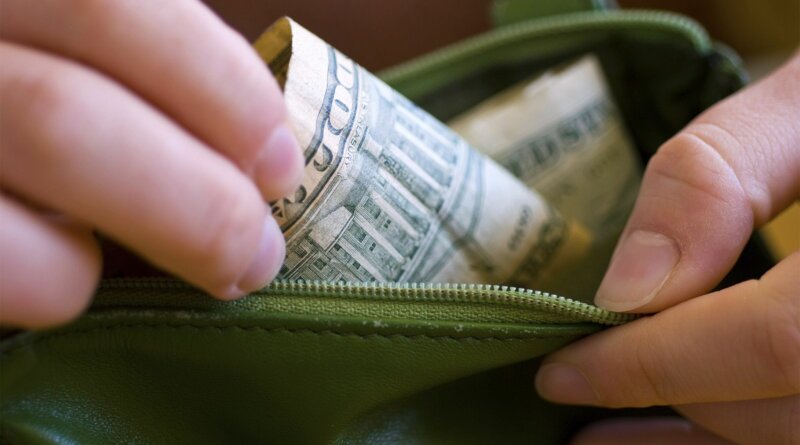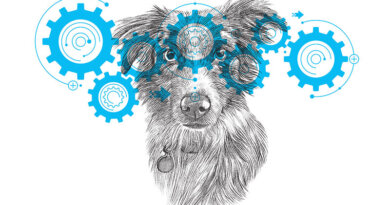COVID-19’s ‘Silver Lining’: Americans Are More Generous
April 12, 2022 – Early in the COVID-19 pandemic, Ivy Dash, a freelance photographer based in Closter, NJ, realized that the Closter Volunteer Ambulance and Rescue Corps was overwhelmed and struggling with the number of people affected by the virus.
She wanted to do something to help.
Dash invited people to sign up for porch photographs – where a photographer takes pictures of a family outside, from a distance – and asked her customers to donate to the group.
It was a great success, Dash says. “The pandemic was a unique opportunity because everyone was stuck at home; whole families were in lockdown together, including kids usually at college.”
Her work grew. A local real estate agent invited her to photograph some of her clients, with proceeds donated to her favorite charity. Soon, Dash was doing porch photography in different neighborhoods, with all the proceeds going to charitable causes.
Dash could have seen porch photography as a way of building her own business during a financially stressful time, but she chose to use it as an opportunity to help others – and, according to a new report, many other Americans have done the same during the pandemic.
Researchers studied the relationship between the presence of COVID‐19 and generosity during the early months of the pandemic and found that people were more generous with their money when the virus threatened their county, says the study’s lead investigator, Ariel Fridman, a PhD candidate at the University of California, San Diego.
“Amidst the uncertainty, fear, and tragedy of the pandemic, we find a silver lining: people became more financially generous toward others in the presence of a COVID-19 threat,” he says.
‘Catastrophe Compassion’
Previous research has offered “various predictions” about how people respond to major crises, such as natural disasters and wars, Fridman says.
On the one hand, people may shift away from practices that take the needs of others into account, because fear and uncertainty from thinking they’re at higher risk drive people to act out of self-preservation.
In light of these findings, one might expect that people threatened by COVID-19 might behave more selfishly than those not threatened. Indeed, there were numerous stories in 2020 of people hoarding things like toilet paper and masks.
On the other hand, other research suggests that when groups face a common threat, they have stronger social cohesion, altruism, and cooperative communal behavior – a pattern of sticking together and helping each other out sometimes called “catastrophe compassion.”
And some research has found that communities going through disasters could have positive and negative responses at the same time.
Higher Threat, Higher Giving
Fridman and colleagues studied the relationship between the COVID-19 emergency and generosity by examining two datasets.
The first was taken from Charity Navigator, the world’s largest independent charity evaluator that keeps records on charitable donations, including the amount donated and which county the donor lived in. The researchers looked at the giving patterns of 696,924 people living in the U.S. from July 2016 to December 2020.
The greater the threat from COVID-19 (based on the number of deaths a given county had), the more generous residents of that county were. In counties with a higher COVID-19 threat, the total amount of money donated in March 2020, compared to March 2019, increased by 78%. Counties with a lower COVID-19 threat also increased their giving over the same period, but by less (55%).
The researchers found a similar pattern in April 2020, compared to April 2019: On average, county-level giving in areas with a high threat increased by 39%; by 29% in counties with medium threat; and by 32% in counties with low threat, compared to no threat.
Repeat donors were more likely to give to human service charities like food banks and homeless services rather than to other causes.
Coming Together
The researchers also analyzed a second dataset that examined generosity in a more controlled setting. It consisted of 1,003 people in the U.S. who played a game in which one player (the “dictator”) receives $10 and must decide how to divide the money between themselves and another, typically unknown, randomly chosen person. They played this game monthly, six times, from March to August 2020.
Rather than maximizing their own financial payoffs and giving no money to others, the “dictators” increased their donations (relative to an average of $2.92) by 9% under low threat, 13% under medium threat, and 8% under high threat, compared to no threat.
Although the presence of COVID-19 was associated with generally being more generous, the level of threat did not seem to affect the level of giving in the “dictator game.”
“People come together in the presence of a shared threat and demonstrate a willingness to support others,” the researchers write, “despite the uncertainty surrounding their own health and financial well-being.”
‘The More You Give, the More You Get’
It “remains to be seen whether increased generosity will last well beyond the pandemic,” says David Maurrasse, PhD, founder and president of Marga Inc., a consulting firm that gives advice and research to charity groups and community partnerships.
Maurrasse, who is also an adjunct research scholar at Columbia University’s Climate School in New York City, noted that the pandemic will have long-term effects, especially among groups of people that were already significantly underserved.
“Therefore, any increases in generosity would have to transform from relief to reimagination, as the pandemic impacted so many aspects of life, from health to education to local economies, and beyond,” he says.
Dash’s porch photography, which started out with a charitable focus, ended up unexpectedly building her business. “The takeaway for me is that the more you give, the more you get,” she says.




